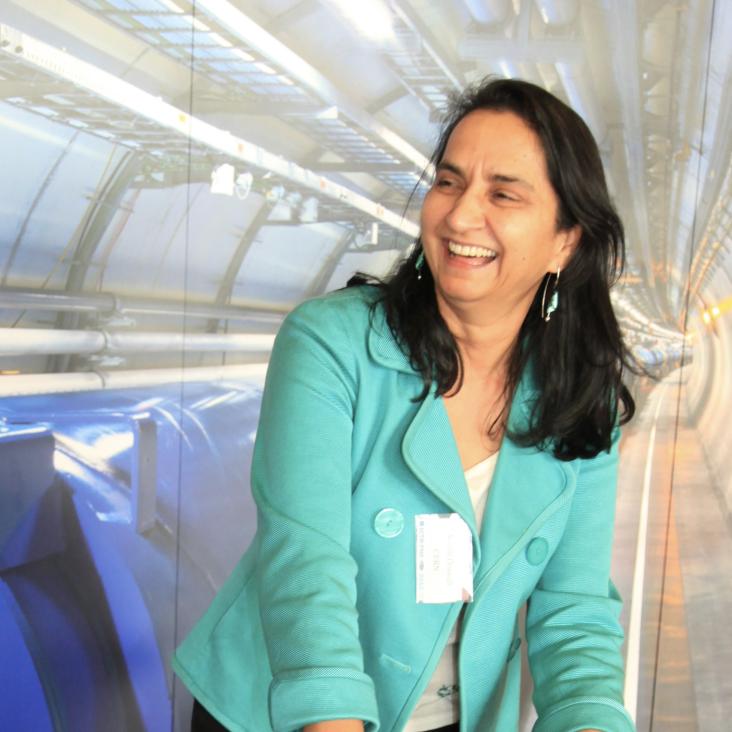MEDICAL ACTIVITIES IN CLEAR: STUDIES TOWARDS RADIOTHERAPY USING VERY HIGH ENERGY ELECTRONS (VHEE) IN THE FLASH REGIME
Proceedings - Linear Accelerator Conference, LINAC (2024) 674-677
Abstract:
Given the present availability of high-gradient accelerator technology for compact and cost-effective electron linacs in the 100-200 MeV energy range, the interest for Very High Energy Electron (VHEE) radiotherapy (RT) for cancer treatment recently reached an all-time high. Particular significance is assumed by the Ultra-High Dose Rate (UHDR) regime where the so-called FLASH biological effect takes place, in which cancer cells are damaged while healthy tissue is largely spared. VHEE beams from linacs are especially well adapted for FLASH RT, given their penetration depth and the high beam current needed to treat large deep-seated tumours. In recent years, several multidisciplinary user groups carried out a number of studies on VHEE and FLASH RT issues using the CERN Linear Accelerator for Research (CLEAR) user facility, in close collaboration with the local operation team. In this paper, we give an overview of such activities and describe the main results of chemical and biological tests aimed at clarifying the damage mechanisms at the root of the FLASH effect and the relevant beam parameters needed to achieve it. We also describe the dedicated systems and methods developed and used in CLEAR for these activities, focusing on recent advances in the crucial aspects of uniform beam delivery and high dose rate real-time dosimetry.Plastic Scintillator Dosimetry of Ultrahigh Dose-Rate 200 MeV Electrons at CLEAR
IEEE Sensors Journal Institute of Electrical and Electronics Engineers (IEEE) 24:9 (2024) 14229-14237
Corrigendum to “Comparative Analysis of Radiotherapy Linear Accelerator Downtime and Failure Modes in the UK, Nigeria and Botswana” [Clinical Oncology 32 (2020) e111–e118]
Clinical Oncology Elsevier 35:5 (2023) e347
Understanding the challenges of delivering radiotherapy in low- and middle-income countries in Africa
Journal of Cancer Policy Elsevier 35 (2023) 100372
Beam optics study for a potential VHEE beam delivery system
Journal of Physics: Conference Series IOP Publishing 2420:1 (2023)


